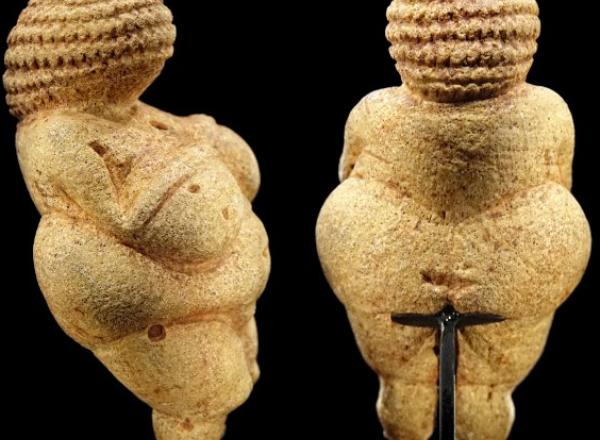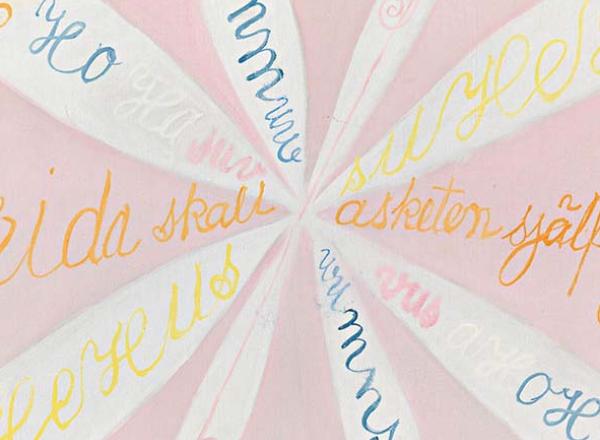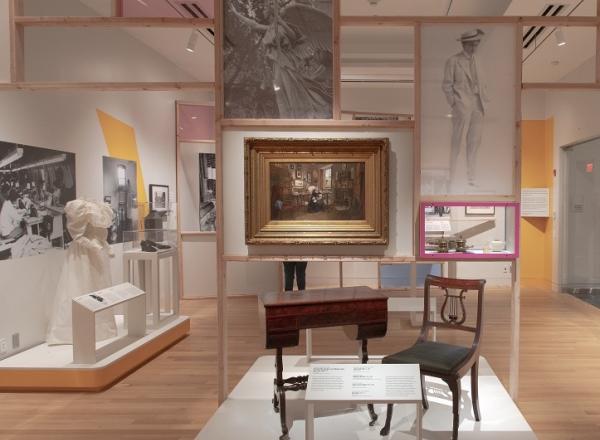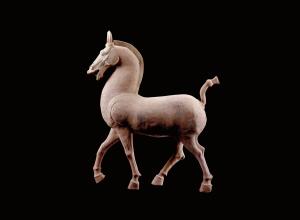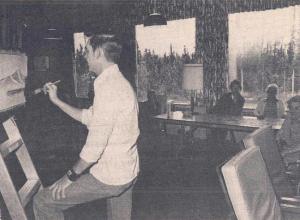This list spans approximately 25,000 years of art-making and is by no means comprehensive. Although this history is complex, the manner in which the female nude appears through the ages is sometimes academic, often objectifying, and occasionally empowering.
Art News
Marco Almaviva, Born in 1934 in Novi Ligure, Italy, has always explored the relationship between the artist and the canvas.
Jacqueline Kennedy Onassis’s former Georgetown home, the first home she bought after John F. Kennedy's assassination, is up for auction with a list price of $19.5 million.
Visionary Swedish artist Hilma af Klint (1862-1944) was exploring abstraction five years before Piet Mondrian and Wassily Kandinsky. We take a brief look at her work timed with its inclusion in the survey exhibition Judy Chicago: Herstory at the New Museum.
The American Museum of Natural History in New York has announced that it will rectify its care of some 12,000 human remains, and remove all human bones from public display.
Here are five facts about breakout emerging artist Danielle Mckinney, whose work is currently on view in Marianne Boesky’s booth at Frieze London, marking the artist’s debut U.K. solo presentation.
Here are five objects from The New-York Historical Society's exhibition “Women’s Work" that illustrate the evolution of women's work in American culture.
With Roots Firmly Established in Islamic Art, Sabiha Al Khemir Presents The Samara Series at The Washington Art Association and Gallery, October 14th through November 12th
In a groundbreaking moment for the art world, Ethiopian-American artist Julie Mehretu's large-scale work, Untitled, 2001, set a new record for an African-born artist when it sold for $9.32 million at Sotheby's Hong Kong.
In recent years, America has witnessed a profound transformation in its approach to monuments honoring historic figures with ties to slavery or other crimes against humanity. As society grapples with its nuanced historical legacies, a new bill proposed in New York stands as a pivotal development, poised to reshape the way the nation addresses its complex past and the symbols that represent it.




